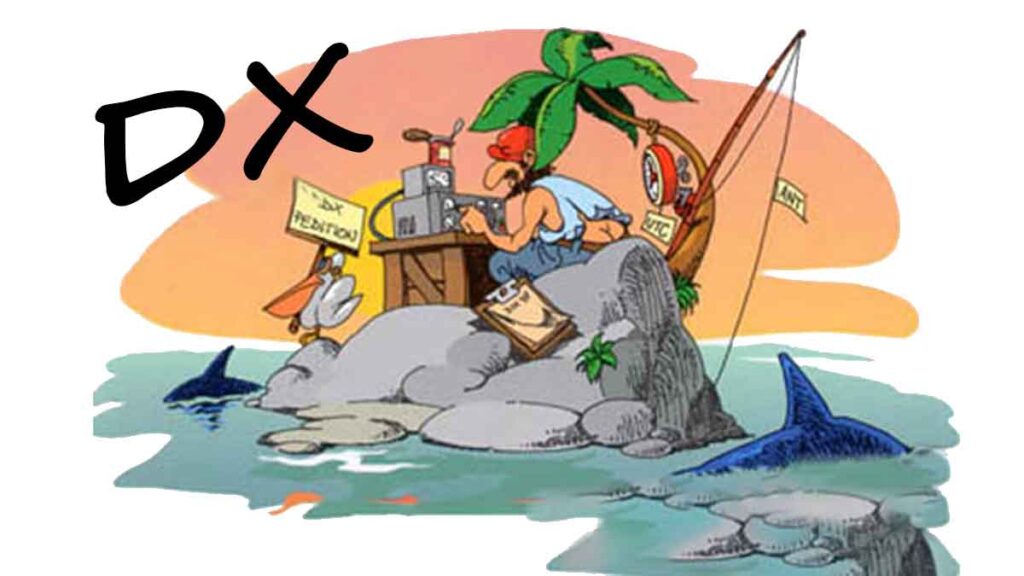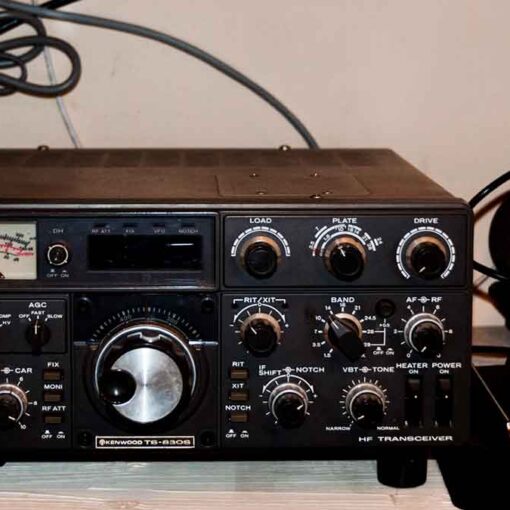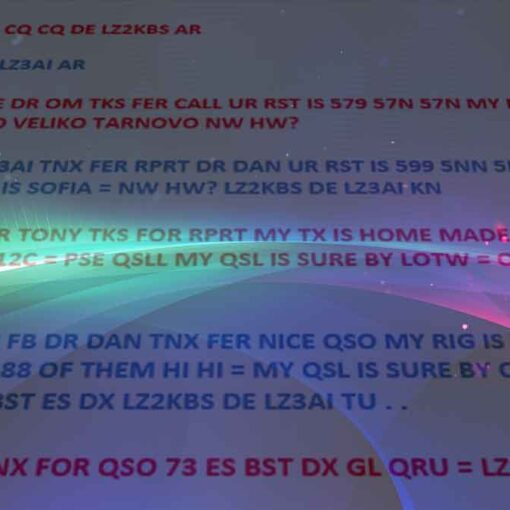
Many hams hunt DX stations or chase the rare countries or territories where there are almost no hams or no population at all.
What counts as a country, or rather a separate entity, is decided in the DXCC, an organization that issues the much-coveted DXCC diploma. See www.arrl.org/awards/dxcc/.
DX hams try to work (= make a QSO with) at least one station from each of these units (almost 340 currently), preferably on more bands and in more broadcast classes. It’s a sport called DX-ing.
To make it possible to work with rare units, hams organize expeditions to such rare places. These are called DX-peditions. Larger DX-peditions are organized by groups of hams, sometimes numbering several dozen operators, to make the rare country available day and night and sometimes for weeks at a time.
Large DX-peditions manage to make more than 100,000 contacts in just two weeks! In most multi-operator DX-peditions, several stations on several different amateur bands and in different broadcast classes are on the air at the same time.
If you want to know about DX-peditions that are currently active, as well as planned and past ones, search the Internet.
During DX-peditions, some sections of the shortwave amateur bands can be crowded. DX-peditions should always be considerate of other users of the ranges and not conquer large chunks of activity that not all hams intend to be involved in.
Contacts with these DX-peditions are usually as brief as during a contest: only initials and a short report are exchanged.
Almost all contact with DX-peditions is made on scattered frequencies. So they often do deliberate QRM (DQRM). If you witness this, don’t react, just ignore them, they will go away if they don’t have listeners to mutually “enjoy”. -bad If you believe you have identified any of these DQRMs, consider making a formal complaint to the licensing authority.
The qualities and abilities of DXpedition operators are usually judged by the spectrum they occupy, operating on various frequencies.
When important DX-peditions are on the air, some hams act as if they are being asked to perform the sacred mission of range police. Don’t be tempted to become range police, we have enough of them.
Other, usually disaffected minds, delight in deliberately disrupting such expeditions. If you witness such an action, don’t react, just ignore it, they will go away if they have no listeners to interact with. Sometimes it’s hard to stay calm, but any comments only add to the chaos.
If you need any DX-pedition information, don’t ask for it on the DX-pedition frequency. Look on the DX-pedition website or in one of the DX bulletins where you will find all the details: QSL address, frequencies on which it operates, operators and possibly initials of possible pilot stations.
Pilot stations are the ones who maintain relations with the public, they are also the contact to the DX-pedition. If you need to know something that you can’t find on the expedition website, send an email to the pilot station. They might be able to help you there.
Never ask the DX-pedition frequency questions such as “QSL MGR?”, “PSE SSB” or “QSY 20M”. Also, don’t transmit anything on their frequency (provided they work on spread frequencies) before you’re sure they’re listening there!



